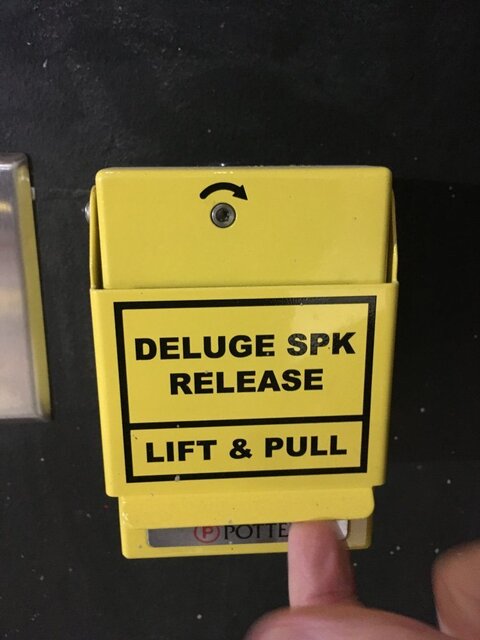The linked thread - which was all before I joined CB - is interesting.
I think you have to consider that fire
safety curtains are notoriously unreliable. The reports from major rigging companies and individuals - Jay Glerum notably - were that at best 25% of fire
curtains actually would close. Sprinkler systems - which a
deluge system is - are estimated around 99% reliable last I checked.
So not a simple issue. And besides, what was last time anyone heard of a
stage fire in the US - a
stage like we usually discuss and not like in a ratty night club and one that might be required to have a
fire curtain - injuring anyone? I qualify "in US" because of the lack of sprinklers - often not required - and other protection features normally found in US - like doors that open. The discussion would be different in countries that don't require sprinklers nor enforce basic means of
egress, but then why would a
fire curtain work there? Which of course brings us to the UK and similar countries where the
fire curtain is required - and enforced - to be operated every performance. (Thus, the rarely enforced requirement in US for closing them when not in production.)
There are many more false deluge operations than noted above. I like the Yale Rep, during
fire marshal testing, and the pump sucking enough water out that the mains under the streets collapsed. I think a few classes were cancelled that day to carry scenery out to dry in the sun.



